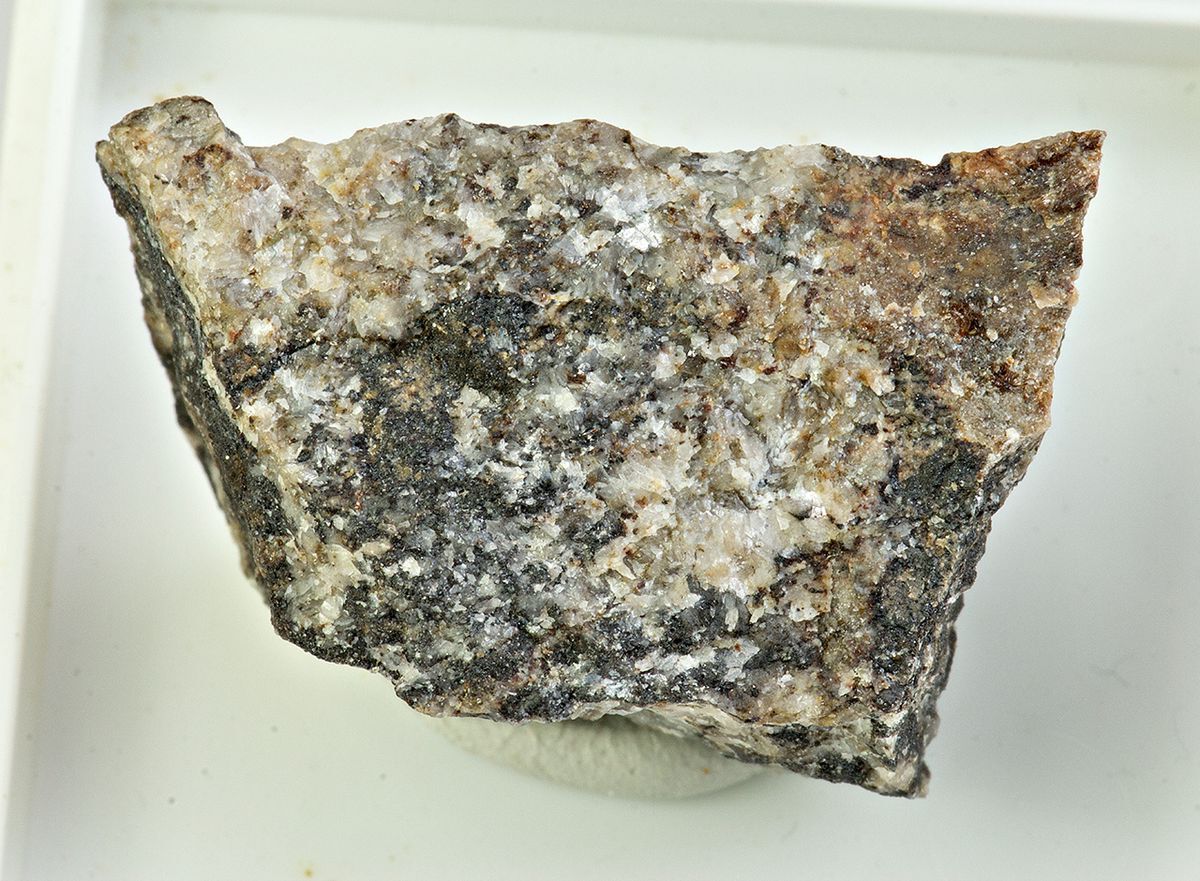
Arsenoclasite is a rare mineral that often piques curiosity due to its unique properties and fascinating history. Found primarily in Sweden, this mineral is known for its striking reddish-brown color and complex chemical composition. But what exactly makes arsenoclasite so special? For starters, it belongs to the phosphate mineral group and contains elements like manganese and arsenic. This mineral forms in specific geological environments, usually in association with other rare minerals. Why should you care about arsenoclasite? Well, its rarity and distinctive features make it a subject of interest for mineralogists and collectors alike. Whether you're a budding geologist or just someone intrigued by the natural world, learning about arsenoclasite can offer a glimpse into the complexities of Earth's mineral treasures.
Key Takeaways:
- Arsenoclasite is a rare, pink to reddish-brown mineral with a vitreous to greasy luster. It forms in granular masses or crystalline aggregates and is primarily found in Sweden, Germany, the United States, Italy, and Namibia.
- Arsenoclasite, a phosphate mineral containing arsenic, is primarily used for scientific research, educational purposes, and as a collector's mineral. It can also be used in gemology and geological surveys to study mineral formation and properties.
What is Arsenoclasite?
Arsenoclasite is a rare mineral that fascinates geologists and mineral enthusiasts alike. Its unique properties and intriguing formation make it a subject of interest. Let's dive into some fascinating facts about this mineral.
- Arsenoclasite is a phosphate mineral that contains arsenic, which gives it its name.
- It was first discovered in Sweden in 1929.
- The mineral typically forms in granular masses or crystalline aggregates.
- Its color ranges from pink to reddish-brown, making it visually striking.
- Arsenoclasite has a Mohs hardness of 4 to 4.5, meaning it is relatively soft.
- It has a vitreous to greasy luster, giving it a shiny appearance.
- The mineral is often found in oxidized zones of arsenic-rich ore deposits.
- Arsenoclasite is usually associated with other minerals like manganese oxides and quartz.
- It is a member of the triphylite group, which includes other phosphate minerals.
- The chemical formula for arsenoclasite is (Mn,Fe)5(AsO4)2(OH)4.
Where Can You Find Arsenoclasite?
Finding arsenoclasite is a challenge due to its rarity. However, there are specific locations where this mineral can be found.
- Besides Sweden, arsenoclasite has been found in Germany.
- It also occurs in the United States, particularly in Arizona.
- Italy is another country where this mineral has been discovered.
- Namibia in Africa is known for its arsenoclasite deposits.
- The mineral is often found in mining areas rich in arsenic and manganese.
How is Arsenoclasite Formed?
Understanding the formation of arsenoclasite can provide insights into its unique characteristics.
- Arsenoclasite forms through the oxidation of arsenic-bearing minerals.
- It typically forms in hydrothermal environments where hot, mineral-rich water circulates.
- The mineral can also form in metamorphic rocks that have undergone significant changes due to heat and pressure.
- Weathering of arsenic-rich minerals can lead to the formation of arsenoclasite.
- The presence of manganese is crucial for the formation of this mineral.
Uses and Applications of Arsenoclasite
While not commonly used in commercial applications, arsenoclasite has its own set of uses.
- Arsenoclasite is primarily a collector's mineral due to its rarity and unique appearance.
- It is used in scientific research to study mineral formation and properties.
- The mineral can be used in educational settings to teach students about mineralogy.
- Arsenoclasite is sometimes used in gemology for creating unique, albeit rare, gemstones.
- It can also be a subject of geological surveys to understand the distribution of arsenic in the Earth's crust.
Interesting Facts About Arsenoclasite
Here are some more intriguing tidbits about this fascinating mineral.
- Arsenoclasite is named from the Greek words for "arsenic" and "to break", referring to its composition and cleavage properties.
- The mineral is often studied for its environmental impact, particularly in areas with arsenic contamination.
- Arsenoclasite can be used to trace geological processes involving arsenic and manganese.
- It is a subject of interest in mineralogical museums around the world.
- The mineral's unique properties make it a valuable specimen for private collectors and institutions alike.
The Final Word on Arsenoclasite
Arsenoclasite, a rare mineral, holds a unique place in the world of geology. Its striking red color and complex chemical composition make it a fascinating subject for mineralogists and collectors alike. Found primarily in Sweden and the USA, this mineral is not just a pretty face; it has a rich history and intriguing properties that captivate those who study it.
Understanding arsenoclasite helps us appreciate the diversity and complexity of Earth's minerals. Whether you're a seasoned geologist or just someone with a curiosity for the natural world, knowing these facts about arsenoclasite adds another layer to your knowledge.
So next time you come across this rare gem, you'll have a deeper appreciation for its beauty and significance. Keep exploring, keep learning, and who knows what other fascinating facts you'll uncover about the world around us.
Frequently Asked Questions
Was this page helpful?
Our commitment to delivering trustworthy and engaging content is at the heart of what we do. Each fact on our site is contributed by real users like you, bringing a wealth of diverse insights and information. To ensure the highest standards of accuracy and reliability, our dedicated editors meticulously review each submission. This process guarantees that the facts we share are not only fascinating but also credible. Trust in our commitment to quality and authenticity as you explore and learn with us.


